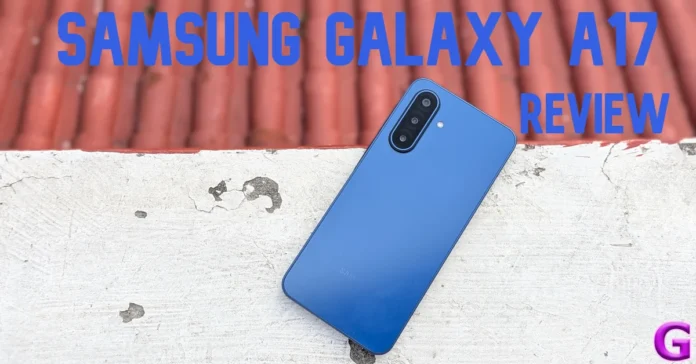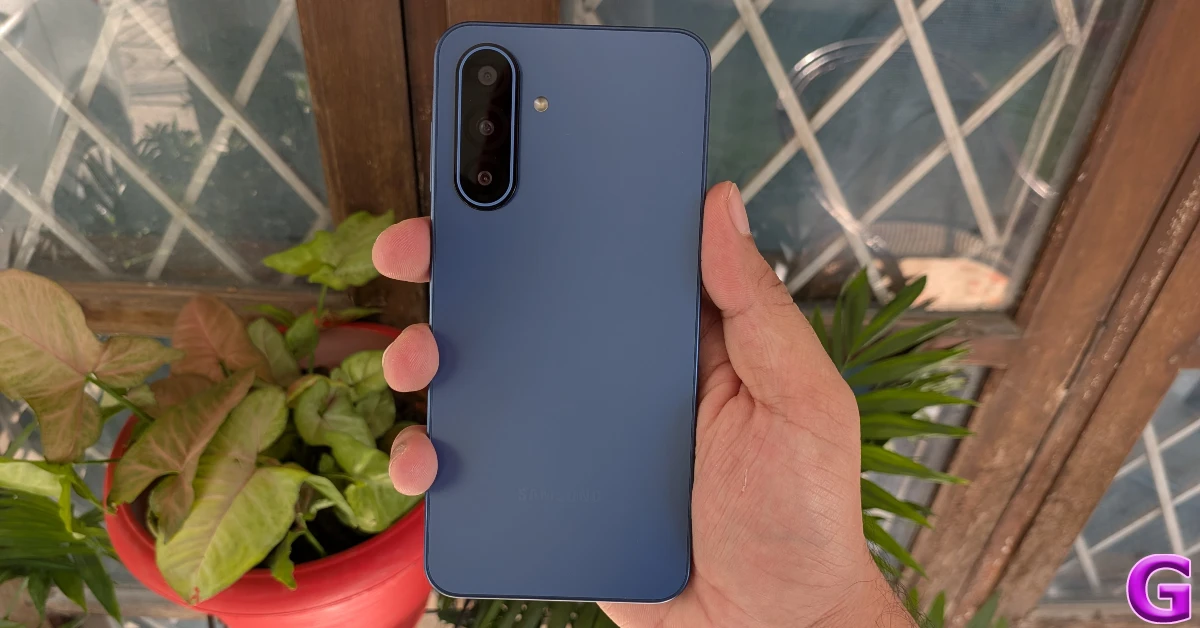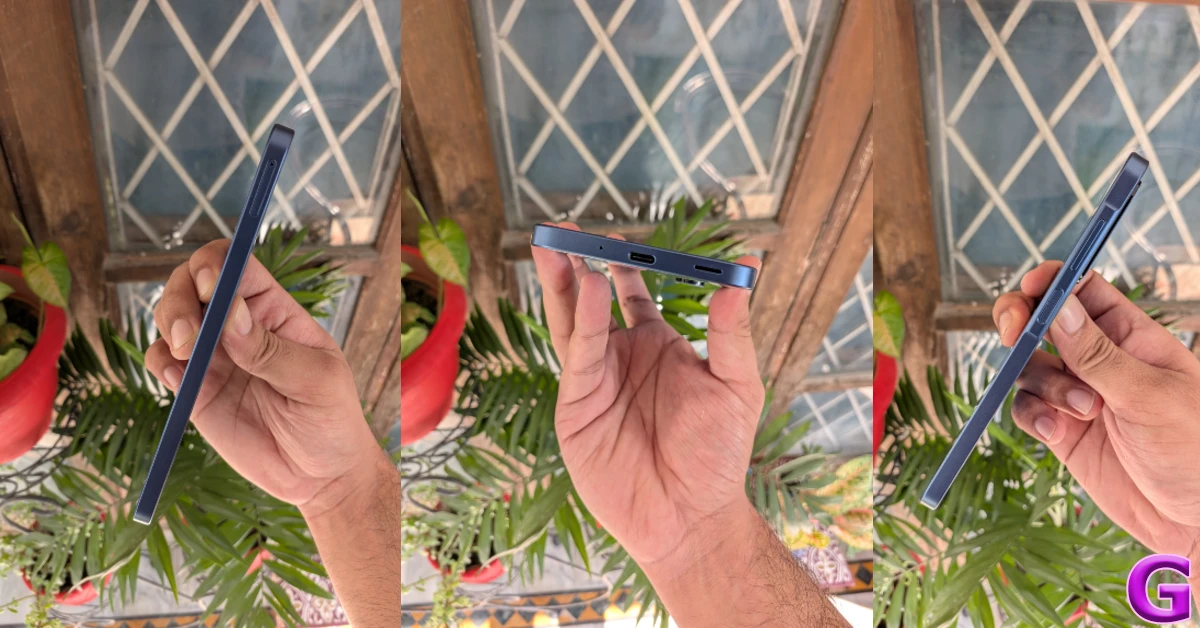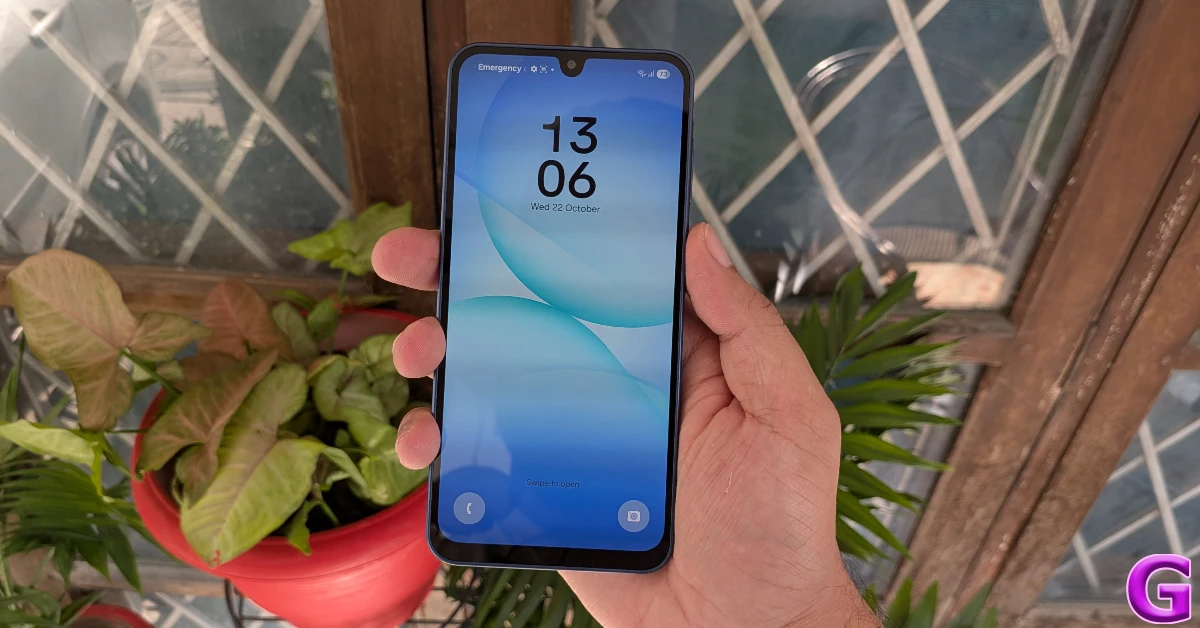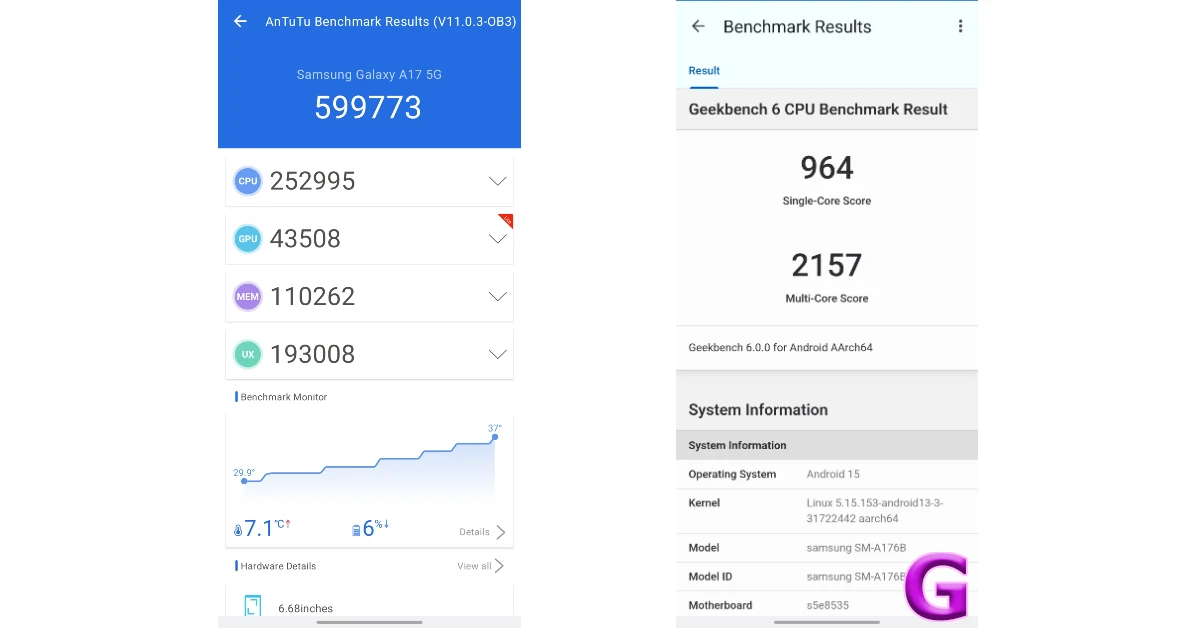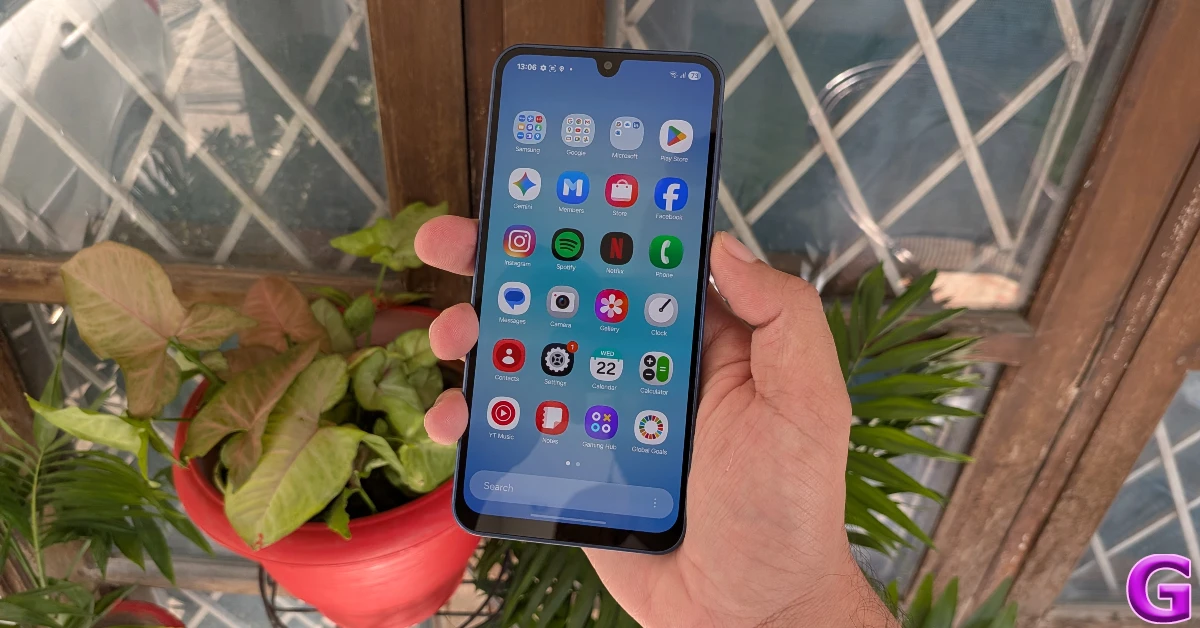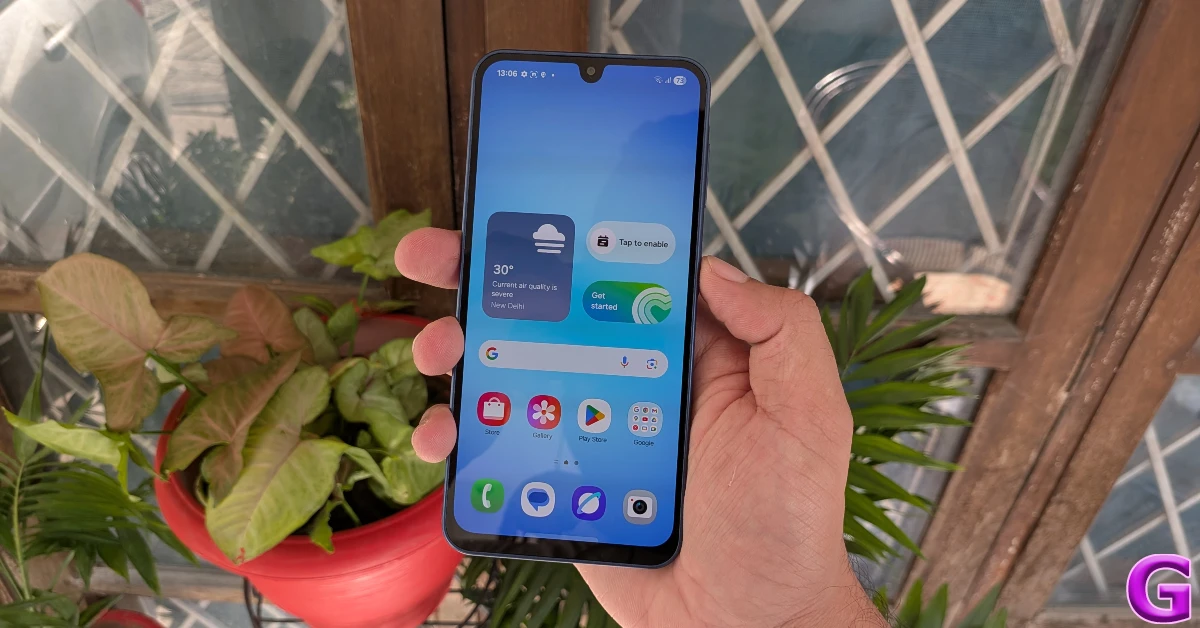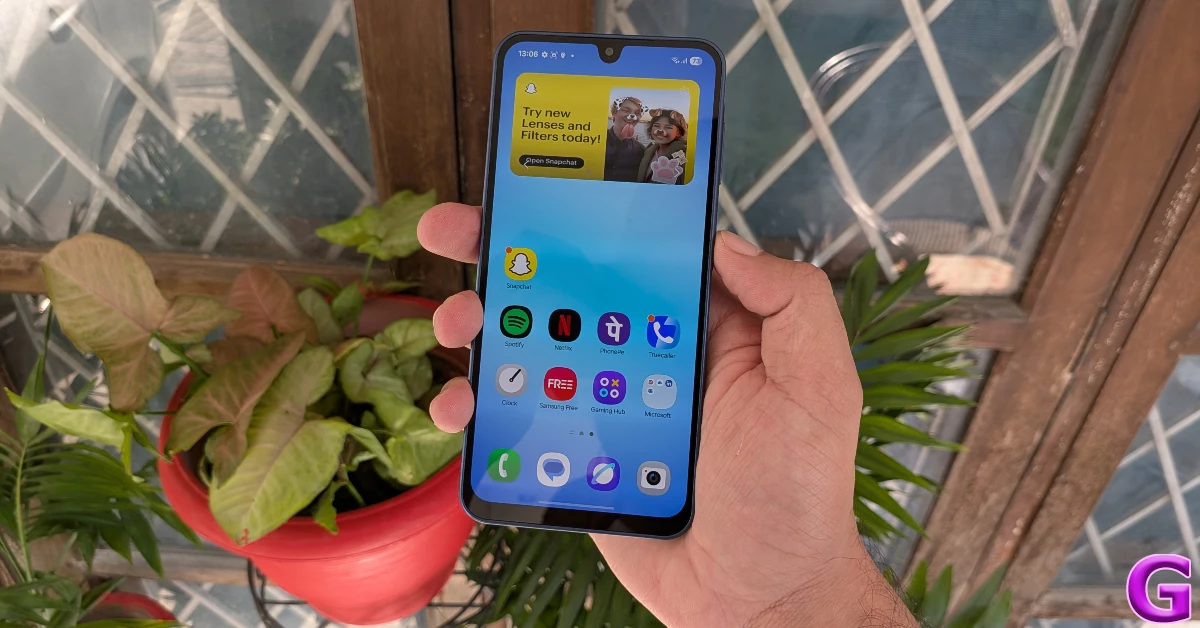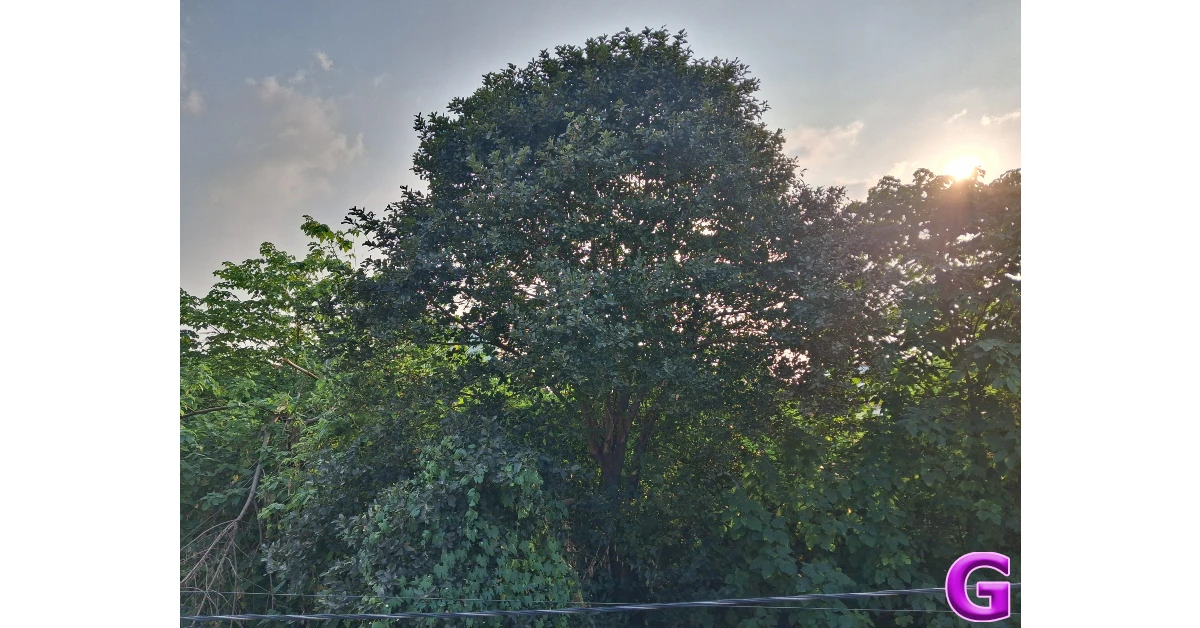The Galaxy A17 sits just above the entry-level Galaxy A07 in Samsung’s smartphone portfolio. Over the years, several iterations of this A series model have enjoyed a lot of popularity in the budget segment. Launched in August 2025, the Galaxy A17 is priced at Rs 19,000. It flaunts a bright AMOLED display that comfortably towers over its peers, a glass fiber reinforced polymer back panel, and 6 major OS upgrades. There are some tradeoffs as well – more noticeably, the dated waterdrop notch on the display. We used the device for a week and weighed its pros against the cons to find out if it is worth shelling out the money. Here is our comprehensive review of the Samsung Galaxy A17.
Read Also: How to remove unwanted objects from images on Windows 11
In This Article
Samsung Galaxy A17 Review: Design and Display
Here’s what you get inside the Galaxy A17’s retail box:
- Smartphone
- 25W power adapter
- USB Type-C to Type-C cable
- SIM ejector
- Quick start guide
The Galaxy A17’s design language is consistent with its elder A series siblings. The vertical camera island has a thin inner border with a highlight that matches the shade of the back panel. The single LED flash lies just outside this island. The glass fiber polymer back panel has a smooth matte finish. It feels slightly more premium than the standard plastic panel. The Samsung lettering is embossed at the bottom. The smartphone comes in 3 shades – Gray, Blue, and Black.
The flat plastic frame has rounded corners. Its right edge houses the side key and the volume rocker on a slightly raised platform that seamlessly blends with the rest of the frame. The hybrid SIM tray with a microSD slot is positioned on the left edge. You use it to expand the phone’s storage up to 2TB. At the bottom lies the primary microphone, USB-C port, and primary speaker. The noise-cancelling microphone is placed up top.
The 6.7-inch Super AMOLED display is one of the biggest highlights of this smartphone. This 1,080 x 2,340p FHD+ panel has a 90Hz refresh rate and can reach up to 800 nits in High Brightness Mode. In bright outdoor conditions, this display is easily able to reach enough brightness to maintain legibility. The touch response is smooth and fluid. However, a few things about this display feel a bit dated. For starters, it uses a waterdrop notch, and not a punch-hole cutout, for the front-facing camera. The thick chin bezel is another element that Samsung needs to move on from, especially on this A series model. Lastly, the lack of an in-display fingerprint sensor is another big miss. The side-mounted scanner is arguably faster than its optical counterparts, but the aesthetics of scanning your fingerprint on the display are more suited to a midrange phone.
We used our Samsung Galaxy A17 review unit to stream movies and TV shows across OTT platforms like Netflix, Prime Video, and JioHotstar. The viewing experience curated by the Super AMOLED display is comfortably better than its peers. The visuals are packed with superb details and punchy colours. The wide range of viewing angles comes in handy when you’re watching a video with a friend. The solo bottom-firing speaker produces a well-balanced audio output to go along with the vibrant visuals, but its intensity leaves more to be desired.
Samsung Galaxy A17 Review: Performance and Cameras
Powering the Galaxy A17 is Samsung’s in-house Exynos 1330 SoC. This is the same processor that powered the Galaxy A14 (our review here) back in 2023. The 5nm chipset feels dated on a smartphone in 2025, especially when last year’s Galaxy A16 (our review here) was powered by the MediaTek Dimensity 6300 SoC. The smartphone comes in 3 RAM and storage variants:
- 6GB + 128GB: Rs 18,999
- 8GB + 128GB: Rs 20,499
- 8GB + 256GB: Rs 23,499
We ran a couple of benchmark tests on the Galaxy A17. Here’s how it performed.
- AnTuTu 3D Lite: 599,773
- Geekbench 6: 964 (single-core) | 2,157 (multi-core)
The general performance of the smartphone is quite satisfactory. It does a good job of handling routine tasks like calling, instant messaging, web browsing, media streaming, navigation, and more. It takes a bit longer than usual to load apps, but that’s something to be expected from most budget phones. Juggling different apps is not a problem as the device can compartmentalise them smartly in the background. We did come across the odd jitter, but it was the exception rather than the norm when it comes to the daily usage experience.
The gap in benchmark numbers becomes apparent when you run demanding games on the Galaxy A17. It is not uncommon to encounter lag and frame drops in first-person shooter titles like Call of Duty Mobile and BGMI when the graphics and frame rate are pushed to their highest settings. We stuck to medium/low settings for smoother and more consistent gameplay. The back panel warmed up after 20-30 minutes of continuous gaming. Needless to say, if gaming is your biggest priority, there are better phones out there.
Samsung is far ahead of its peers when it comes to software coverage for its budget offerings. The Galaxy A17 has been promised 6 major OS upgrades and 6 years of security patches. This is comfortably better than any smartphone in this price segment. It runs the Android 15-based One UI 7 out of the box. Samsung has started pushing One UI 8 for this device. We received the upgrade during the review period.
Cosmetically, there isn’t a big difference between One UI 8 and its predecessor. Both Android skins rock a vibrant interface, distinct panels for notifications and quick settings, and lots of customisation options for the lock screen, home screen, AOD, and app icons. You also get the Now Bar on the lock screen. One UI 8 adds minor feature additions like the option to show or hide notification content on the lock screen, an enhanced Secure Folder, revamped weather visuals, new preset routines, sticky notes, enhanced split-screen view, and more.
The 5,000mAh battery pack on this phone holds enough juice to power through a day of heavy usage. We ended most days with a 20% charge in the tank after racking up a screen time of 4-5 hours. Our tasks included calling, texting, gaming, media streaming, and web browsing. There’s support for 25W charging on board. Using the power adapter provided in the box, the phone takes up to 90 minutes to fully charge.
Moving on, the rear camera array of the Galaxy A17 comprises a 50MP primary shooter, a 5MP ultrawide lens, and a 2MP macro sensor. A 13MP front-facing camera is housed inside a waterdrop notch on the display.
The 50MP primary shooter captures good pictures in outdoor daylight conditions. These images showcase vibrant colours and pack a lot of details. The sharpness, contrast, and dynamic range are on point. In limited lighting conditions, the Night Mode does a good job of resolving the noise and assigning accurate colours to the scene.

Images taken from the 5MP ultrawide lens are visibly soft. Compared to the shots taken with the primary shooter, the lack of sharpness and limited dynamic range are immediately noticeable. However, it makes up for these shortcomings by tastefully processing the colour profile of the images. The vibrant nature of the ultrawide shots is quite appealing. Strangely enough, the Night Mode in the native Camera app does not cover this ultrawide lens, leading to grainy and soft images.
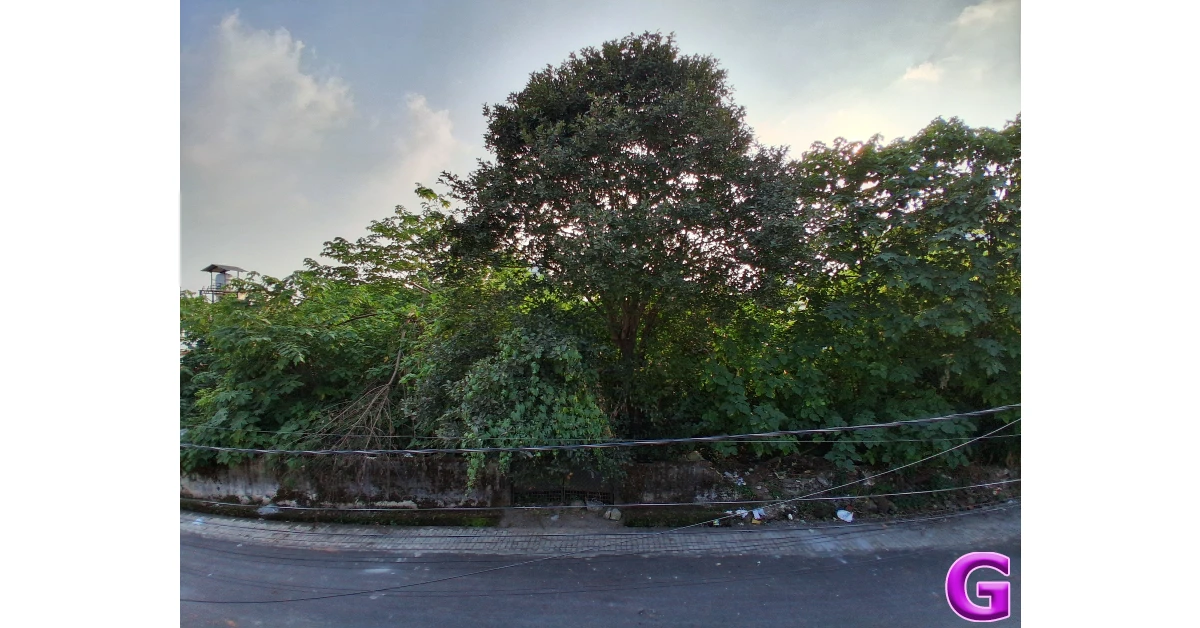

The Galaxy A17 impressed us massively with its portrait shots. We were pleased to see the focus and background blur it was able to produce in its portraits. The edge detection remained on point. We can comfortably say that these portrait shots are the best in their class. The 13MP front-facing camera takes clear selfies without messing with the skin tone and texture. All three sensors can record 1,080p videos at 30fps.
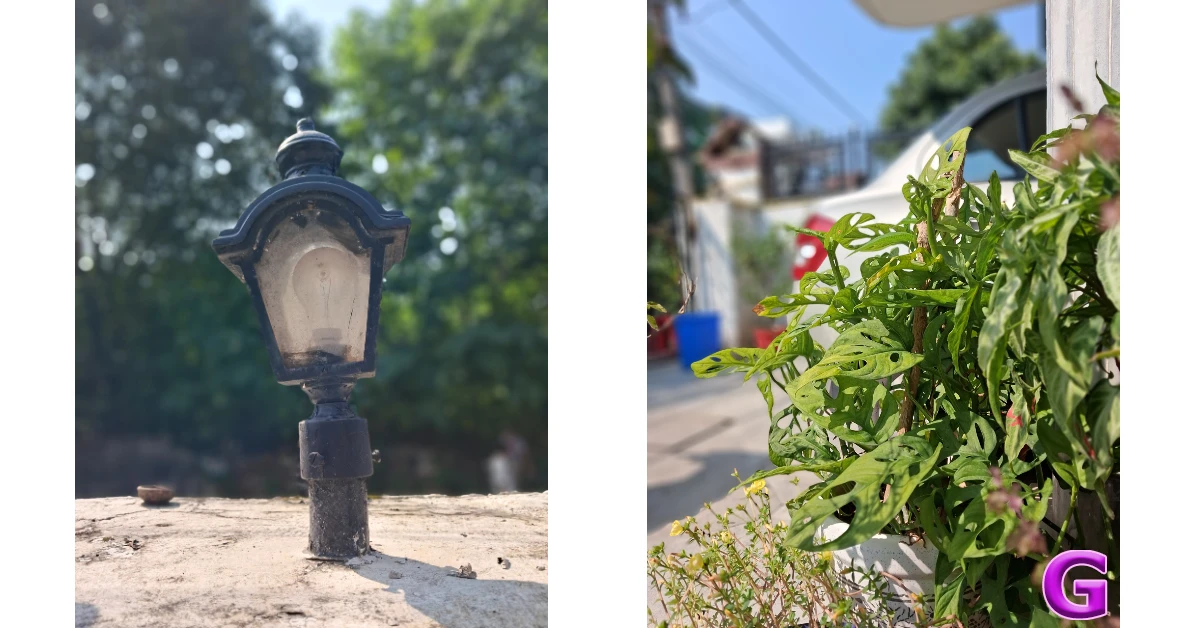
Read Also: Top 10 Air Purifiers in India (November 2025)
Verdict
The Samsung Galaxy A17 is a dependable daily driver, but there are some aspects where it needs to improve. While it does a good job of handling routine tasks, it needs a better processor (preferably one that’s based on a 4nm process) to give its gaming performance a boost. A bigger battery with support for faster charging would be nice, too. When it comes to cosmetics, the waterdrop notch and the thick chin need to go.
With these criticisms out of the way, we can assert that what Samsung gets right on this phone, it knocks out of the park. The Super AMOLED display has a brilliant touch response and curates a viewing experience that’s better than any other smartphone in the segment. When it comes to the software experience, the promise of 6 OS upgrades is unmatched by any OEM in this price bracket. On the photography side of things, the Galaxy A17 takes stunning portraits, punching way above its weight.
Pros
- Smooth display
- 6 major OS upgrades
- Great portrait shots
Cons
- Better chipset would have been a boon
- Waterdrop notch is a bit dated
- Fast charging is missing


